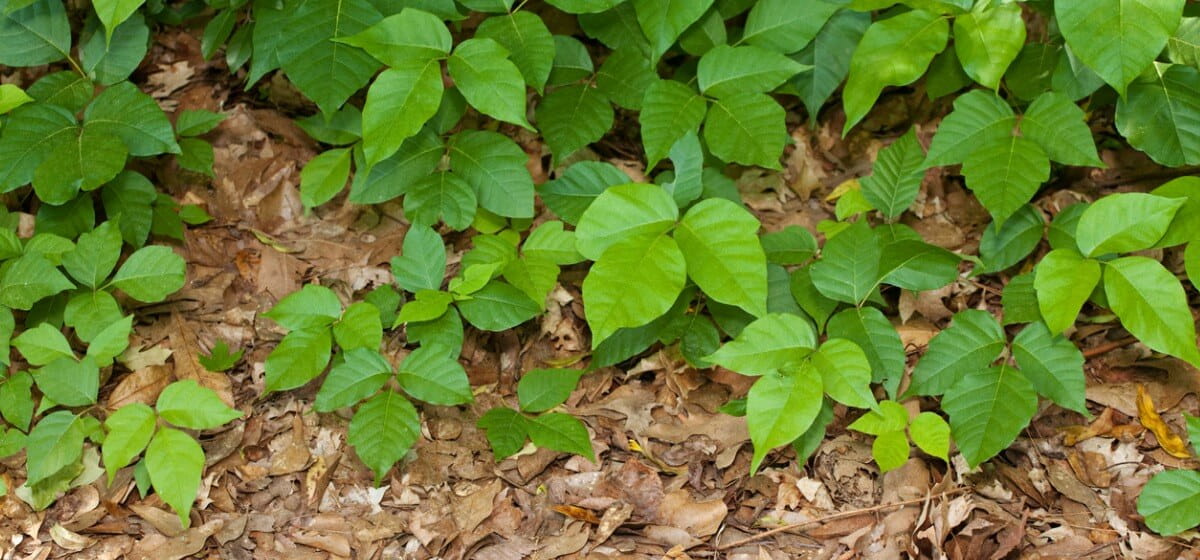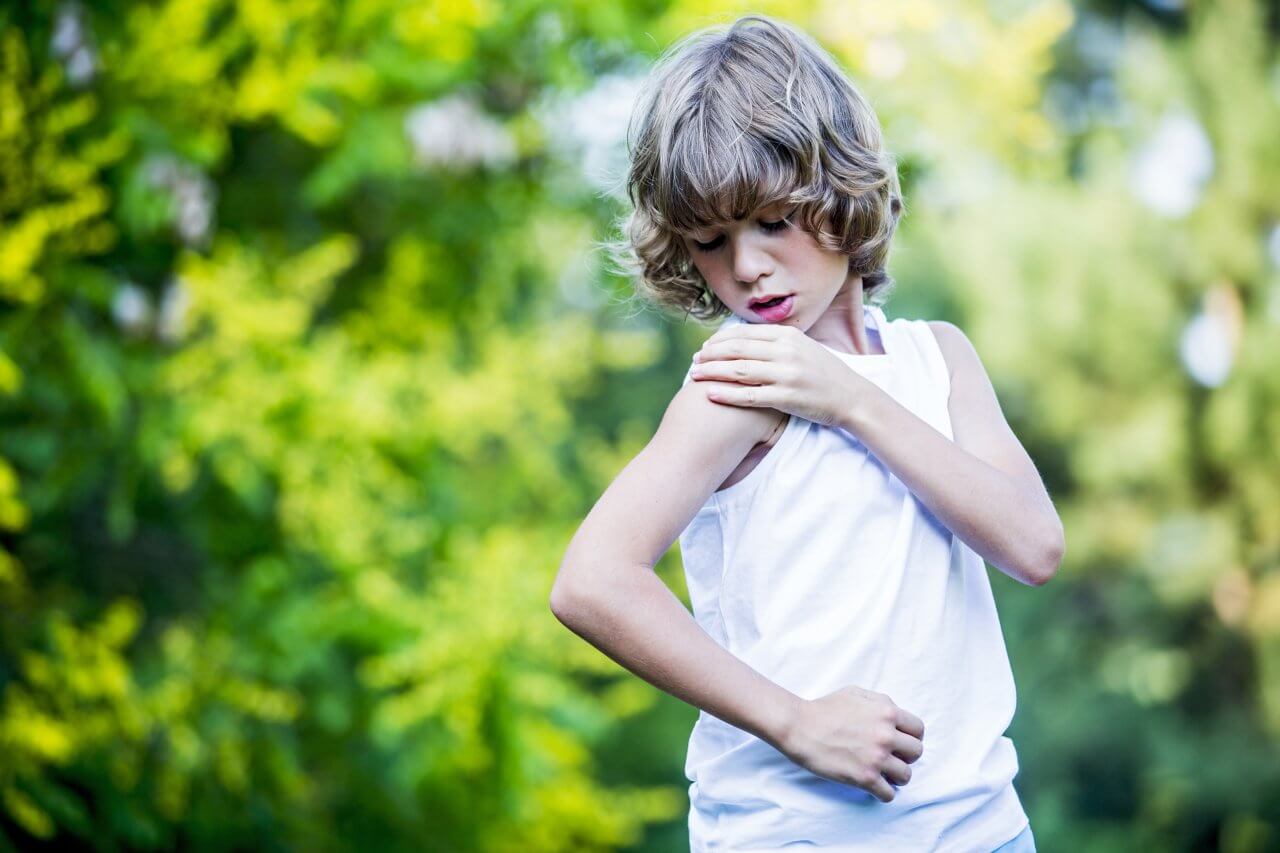List of Poisonous Plants to Humans

For people who love the great outdoors, nothing beats a nice long nature hike. However, while most of the beautiful flora you encounter will be completely benign, some of it can be dangerous. The risks run from minor skin irritation from brushing against certain poisonous plants to serious illness or even death if you eat the wrong plant.
Although a field guide to the plant life in our area is your most complete source of information, below are five examples of plants you will want to steer clear of.
- Poison ivy. Most people develop what is called allergic contact dermatitis when they come in contact with poison ivy. Usually that means an itchy rash, but severe reactions can include swelling and pus-filled welts. Poison ivy grows as ground cover but the vine can also climb up trees. It has a deep green color and groups of three leaves.
- Poison hemlock. This plant is poisonous if ingested. In fact, it was used in ancient Greece to execute criminals. It grows to a height of 5-8 feet and is very common. It has alternate leaves divided two to four times into narrow leaflets, resulting in a “lacy” or “ferny” appearance, and clusters of small, white flowers.
- Wild parsnip. While the roots of this plant are edible, the rest of it is phototoxic, meaning it causes a chemically induces skin irritation. Touching the vegetative parts and exposing the affected skin to sunlight causes what is called phytophotodermatitis, which is like a severe sunburn. Wild parsnip has clusters of small yellow flowers and leaves with jagged edges.
- Giant hogweed. This plant is highly phototoxic. The reaction is said to produce dark scarring. Some sources say giant hogweed can cause blindness if it gets into the eyes, but that claim is not backed up by research. It grows up to 15 feet on thick bright green to greenish-pink stems that are frequently dotted with dark red spots and have a cluster of small white flowers and large leaves.
- Poison sumac. This plant grows as a shrub or small tree. Like poison ivy, poison sumac contains a toxic substance called urushiol. However, poison sumac can cause reactions that are more severe and last longer. It has oval leaves with pointed tips, white berries and drooping flower clusters.
Prevention is the best way to appreciate nature’s beauties without being harmed by them.
Familiarize yourself with the plant life in the area where you enjoy hiking, gardening or any outdoor activity. Keep your skin covered when making your way through foliage and never consume a plant unless you are absolutely sure it is safe.



